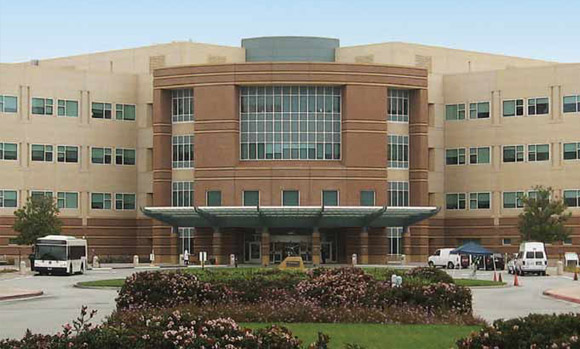The U.S. Veterans Administration (VA) provides healthcare, disability benefits, pensions, home loans, life insurance and educational assistance to the nation’s military veterans. At the Veterans Administration Palo Alto Health Care System (VAPAHCS) in Oakland, Calif., more than 85,000 veterans receive some of the world’s fi nest medical care delivered by dedicated doctors using cutting-edge technology. VAPAHCS also is a teaching hospital affi liated with Stanford University and provides training for 1,300 residents, interns and students each year. As part of an unprecedented amount of construction and expansion, VAPAHCS recently replaced the entire fi re alarm system in four buildings: a four-story, 400-bed hospital with research facilities, a four-story administration and research facility, a 9,000-square-foot medical imaging facility, and a six-unit emergency generator building.
Intrepid Electronic Systems Inc., Oakland, began work on the project by performing field surveys and determining what the system’s sequence of operations for evacuation, notification and response procedures would be, and two years later, construction and commissioning was complete. Intrepid was one of three General Services Administration (GSA) partners that were asked to prepare bids for the project.
“By choosing the NOTIFIER product for its fire alarm replacement, the government could limit their solicitation to GSA partners,” said Kurt Brinkman, principal.
Intrepid operated as the general contractor on the project and worked directly with its only subcontractor, AON Fire Protection Engineering, Chicago, to design a system that would meet the VA’s installation guidelines.
Since then, Intrepid also has completed the design/build installation of a NOTIFIER fi re alarm system at the John Muir Medical Center, which is a 324-bed, $600 million acute-care facility in Walnut Creek, California.
Intrepid was tasked with providing a turnkey, design/ build installation that replaced the existing fire alarm systems in four buildings without any disruption of service to the existing devices or controls. The more than 1,200 intelligent devices in the four buildings consist of pull stations; smoke, heat and duct detectors; control and monitoring modules; and notification devices (including speakers, strobes, graphic annunciators, microphone stations, programmable soft key switches to activate evacuation zones and other system interfaces), which had to be integrated with the security, mechanical and electrical systems throughout each building.
New conduit was run from the new NOTIFIER fire alarm control panels to 35 existing alarm panel locations. Duplicate main site fi re alarm panels were maintained during the project, and both new and existing NOTIFIER systems were monitored and controlled in parallel.
The requirement that the existing system remain operational led Intrepid to employ multiple shifts of installers and electricians in the migration from the existing system while the new system in each renovated area was pretested.
“After each segment of the new system became operational, the old components had to be removed immediately, which did alleviate traffic in the work zones,” Brinkman said.
The entire fire alarm system is a vast network connected by fiber optic cabling, and it serves as the backbone of a sophisticated notification system. Managed by NOTIFIER’s ONYXWorks graphic workstations, it can be controlled from virtually anywhere on campus, and it features integrated digital voice evacuation that can broadcast multiple distinct messages simultaneously. Each of the networked control panels is individually programmed and operates independently, yet cohesively, as part of the unified network.
“The rapid response system can communicate with one person, one building, an entire campus or multiple campuses,” said Norman Clevenger, Intrepid project manager.
